Hockey, a sport renowned for its speed, skill, and physicality, is also governed by a set of rules designed to ensure fair play and player safety.
Penalties are an integral part of the game, serving as a deterrent to dangerous or unsportsmanlike conduct on the ice.
One crucial statistic that reflects the disciplinary aspect of hockey is PIM, which stands for Penalty Infraction Minutes or, more commonly, Penalty Minutes.
This comprehensive guide will explore the concept of PIM in hockey, examining its significance, the various types of penalties that contribute to it, and its impact on players and teams.
What are Penalty Minutes (PIMs) in Hockey?
Penalty Minutes (PIMs) are a cumulative measure of the time a player spends in the penalty box due to on-ice infractions.
These infractions are rule violations that the referee deems deserving of a penalty. PIMs are calculated for individual players on both a per-game and a season-long basis.
Not all rule violations in hockey result in penalties. For instance, minor infractions like icing, offsides, and hand passes do not typically lead to a player being sent to the penalty box.
However, more serious infractions, such as tripping, high-sticking, slashing, and fighting, result in penalties, requiring the offending player to serve time in the penalty box.
Types of Penalties and Their Corresponding PIMs
There are various types of penalties in hockey, each carrying a different duration of penalty time. Understanding these penalties and their associated PIMs is crucial for grasping the concept’s overall significance.
1. Minor Penalty (2 Minutes)
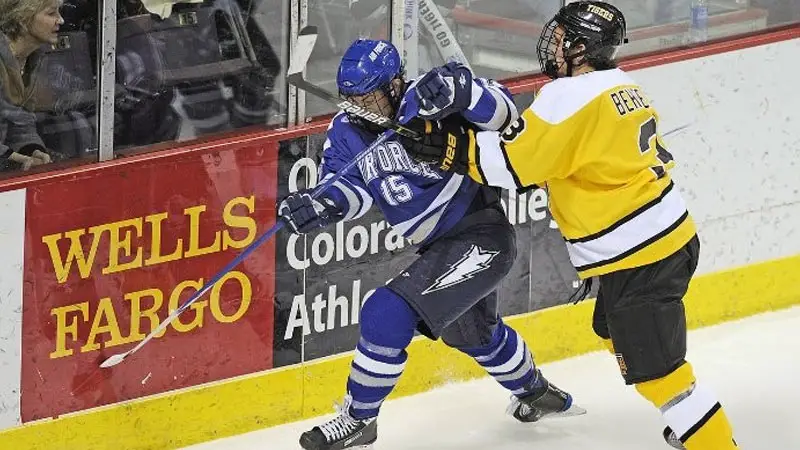
This is the most common type of penalty in hockey. It is assessed for less severe infractions such as hooking, slashing, boarding, goaltender interference, delay of game, and too many men on the ice.
A player serving a minor penalty can return to the ice early if the opposing team scores a goal during their penalty time.
2. Double Minor Penalty (4 Minutes)
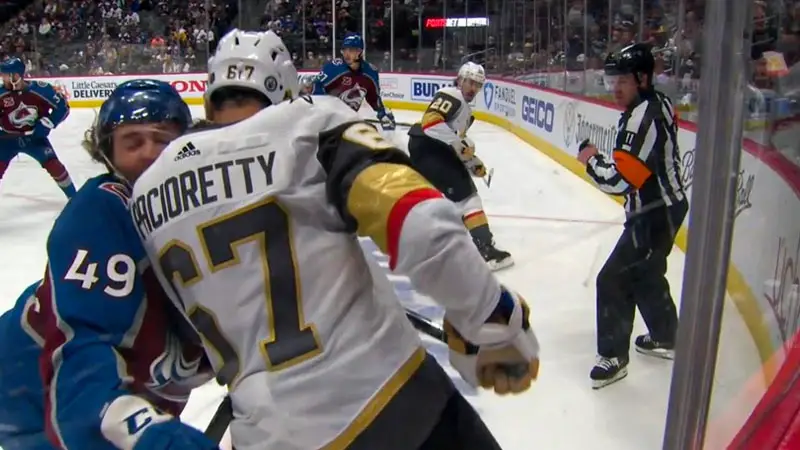
As the name suggests, this penalty is twice the length of a minor penalty and is typically assessed for infractions deemed more serious than those warranting a standard minor penalty.
For example, a high-sticking penalty that draws blood would usually result in a double minor penalty.
3. Major Penalty (5 Minutes)
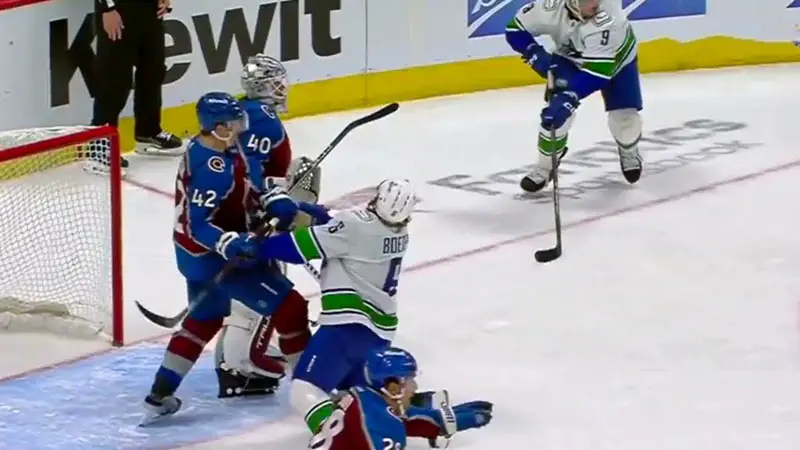
This penalty is given for more severe infractions, often involving a higher degree of danger or intent to injure. Examples include fighting, a dangerous type of body check, or a high-sticking infraction that causes bleeding.
4. Match Penalty (5 Minutes)
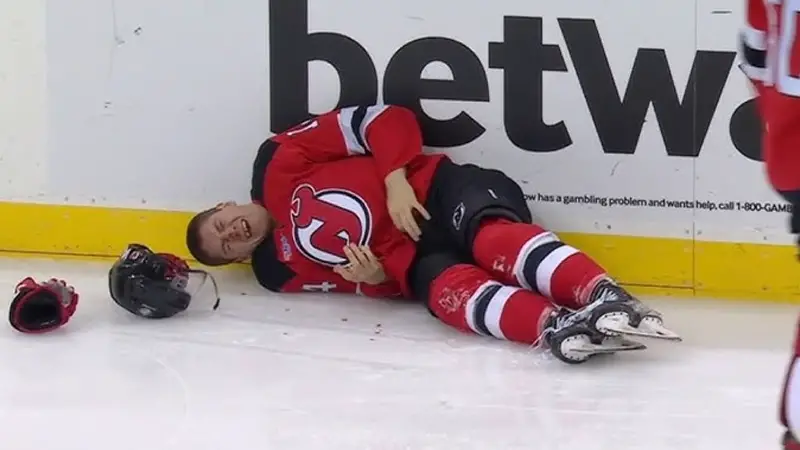
A match penalty is the most severe penalty in terms of its immediate impact on the game. It is given when a player deliberately tries to or does injure another player.
In addition to the 5-minute penalty, the player receiving a match penalty is ejected from the game and must immediately leave the ice. Another player from his team will serve the penalty in his place.
5. Misconduct Penalty (10 Minutes)
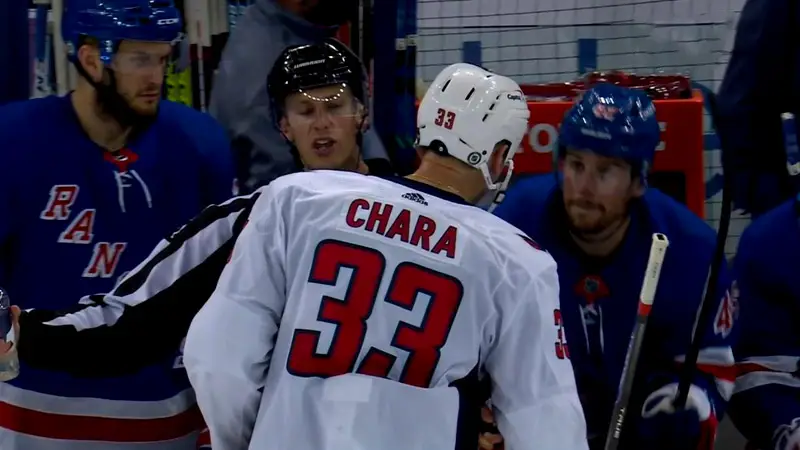
While this is the longest penalty in terms of time, it does not result in the penalized team playing shorthanded.
The team can substitute another player for the one serving the misconduct penalty. This penalty is often given for unsportsmanlike behavior, such as arguing with the referee or verbal abuse of an opponent.
6. Penalty Shot
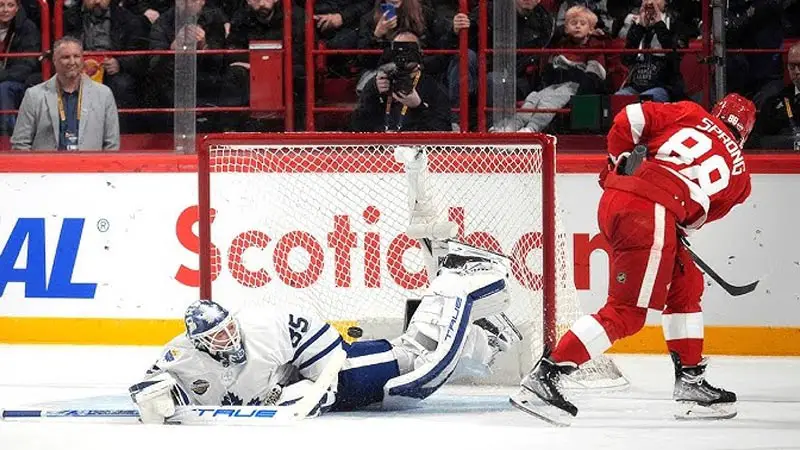
A penalty shot is unique in that it does not involve a timed penalty. Instead, it allows the non-offending player an unimpeded attempt to score a goal against the opposing goaltender.
This penalty is typically called when a player is fouled while on a clear breakaway scoring opportunity.
The Importance of PIMs in Hockey
PIMs are significant for several reasons:
Player Evaluation
A player’s PIM total can reflect their discipline and adherence to the rules. Players with consistently high PIM totals may be considered liabilities due to their propensity to take penalties and put their team at a disadvantage.
Team Performance
Excessive penalties can severely hamper a team’s performance. Playing shorthanded for extended periods gives the opposing team a significant advantage and increases the likelihood of conceding goals.
Conversely, teams that maintain discipline and minimize penalties often have a better chance of success.
Statistical Analysis
PIMs are a valuable statistic used to analyze individual and team performance. They can be used to track trends in penalty frequency, identify players who are prone to taking penalties, and assess the overall disciplinary level of a team or league.
Conclusion
Understanding PIM in hockey provides valuable insights into the game’s disciplinary aspect and its impact on player and team performance.
While penalties are an inevitable part of the game, managing PIMs effectively is crucial for teams aiming to achieve success.
By maintaining discipline, avoiding unnecessary infractions, and capitalizing on power-play opportunities, teams can minimize the negative effects of penalties and maximize their chances of winning.

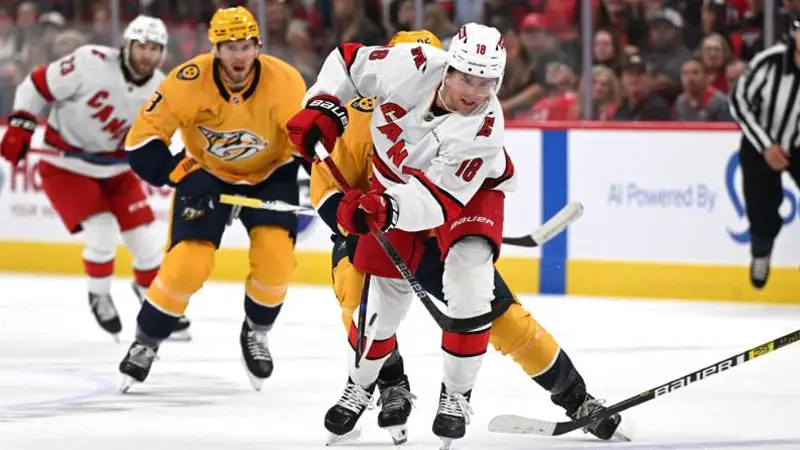



James Felix